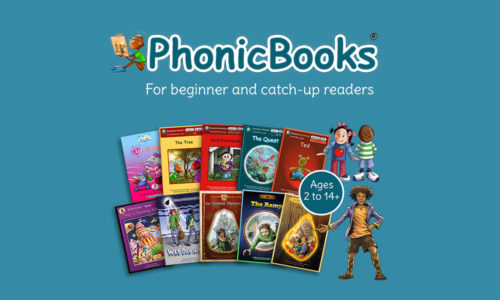
Many children struggle with spelling. Is it important to teach them how to spell in the digital age when ‘Spell Check’ is there to help? The answer is ‘yes’. Why? Firstly, because at present Spell Check makes errors, as do voice recognition tools. Spell check may offer homophone or spelling options – but can students […]
Read More



